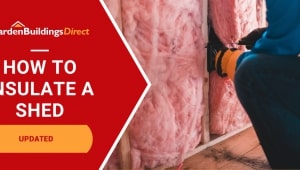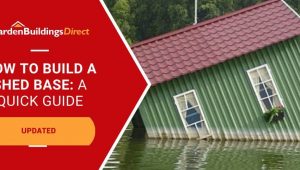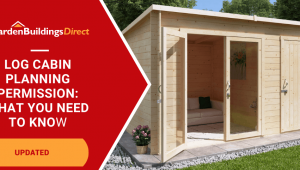Jump to:
There are two ways to extend your living space: through a house extension and a garden room. If you’re not sure which way to go, this guide will walk you through it. We’ll look at each option, its costs, and the factors that can help you decide.
Garden Room or Extension – Which Is Better?
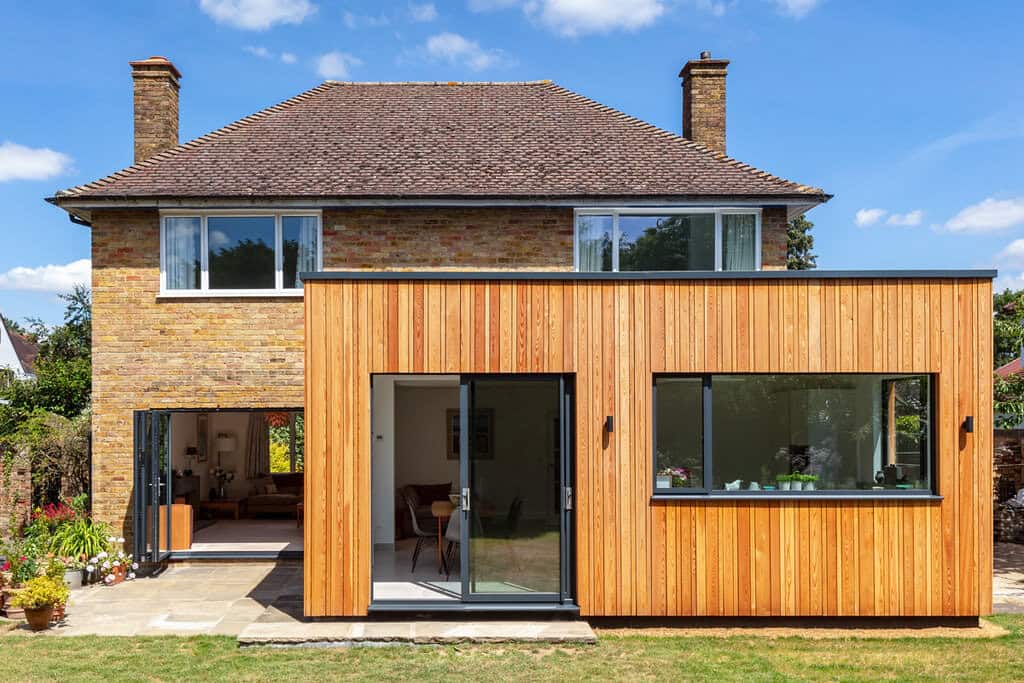
A house extension bolts a new space onto your existing home. Think of a bigger kitchen or an extra bedroom; it becomes part of the main house. Extensions can take months, and they’re noisy and messy inside your home.
A garden room, in contrast, is a standalone structure in your yard. It’s versatile—it can be an office, gym, hobby room, or whatever you need. Many don’t need planning permission, take less time to put up, and keep the chaos out of your home.
Bottom line: Go with an extension when you need an integrated living space. For a quiet, separate space that’s quick to set up and causes less hassle, a garden room wins.
Is a Garden Room Cheaper Than a Home Extension?
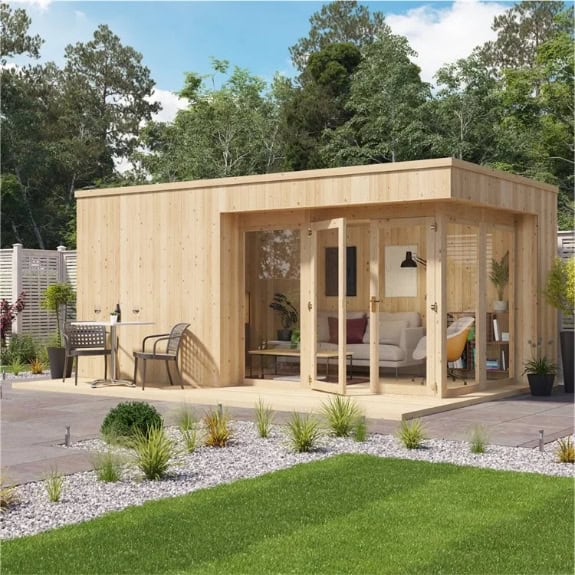
Yes, hands down, a garden room is cheaper than a home extension. For starters, average costs sit between £2,000 and £5,000 (up to £10,000), and this already includes insulation in most.
Meanwhile, extensions often cost £45,000 to £75,000, and mid-size ones, like 20 to 30 m², can hit £48,000 to £72,000. Even up to £92,500 for larger builds, according to Check a Trade.
There’s a story in The Sun about a UK mum who turned an insulated shed into a cosy bedroom in just a week. She saved a tidy £12,000 while she was at it.
Why garden rooms cost less to build
Garden rooms avoid many of the expenses that come with home extensions. They don’t need deep foundations or major changes to drainage. And since they’re separate from the main house, there’s no need for expensive structural work or surveys.
The build often involves fewer trades, too. For instance, a small team for the base, the structure, and the electrics. Because all the work takes place outside your home, there’s very little disruption to your daily life. That also means the whole process ends up being quicker and cheaper from start to finish.
Of course, the garden room is generally made of cheaper materials than a house extension. A brick structure will always cost more than a wooden or even a metal-and-plastic hybrid building. A proper house building job is likely to retain heat better and offer better resistance to fire.
Home Extension vs Garden Room: Which One Is Right for You?
Extra space is always useful, but choosing between the two isn’t just about the price tag. Think about how long you want it to last and how much effort you’re happy to put into looking after it.
A well-built extension should feel as solid as the rest of your home and last at least 25 years. Getting there takes quality materials and skilled workers, and that will push the cost up.
A high-quality garden room can also go the distance. Pressure-treated models come with a 15-year guarantee against rot, decay, and insect damage. The upkeep is minimal, and it’s not unusual for them to last 30 years or more. You might face the odd repair as it ages, but a full replacement shouldn’t be needed for decades.
We offer a wide range of garden rooms, including insulated and pressure-treated options. From log cabins to summer houses, with sizes, styles, and finishes to match your garden and budget.
Need to compare your options more? Our garden room buying guide shows you what to consider.
